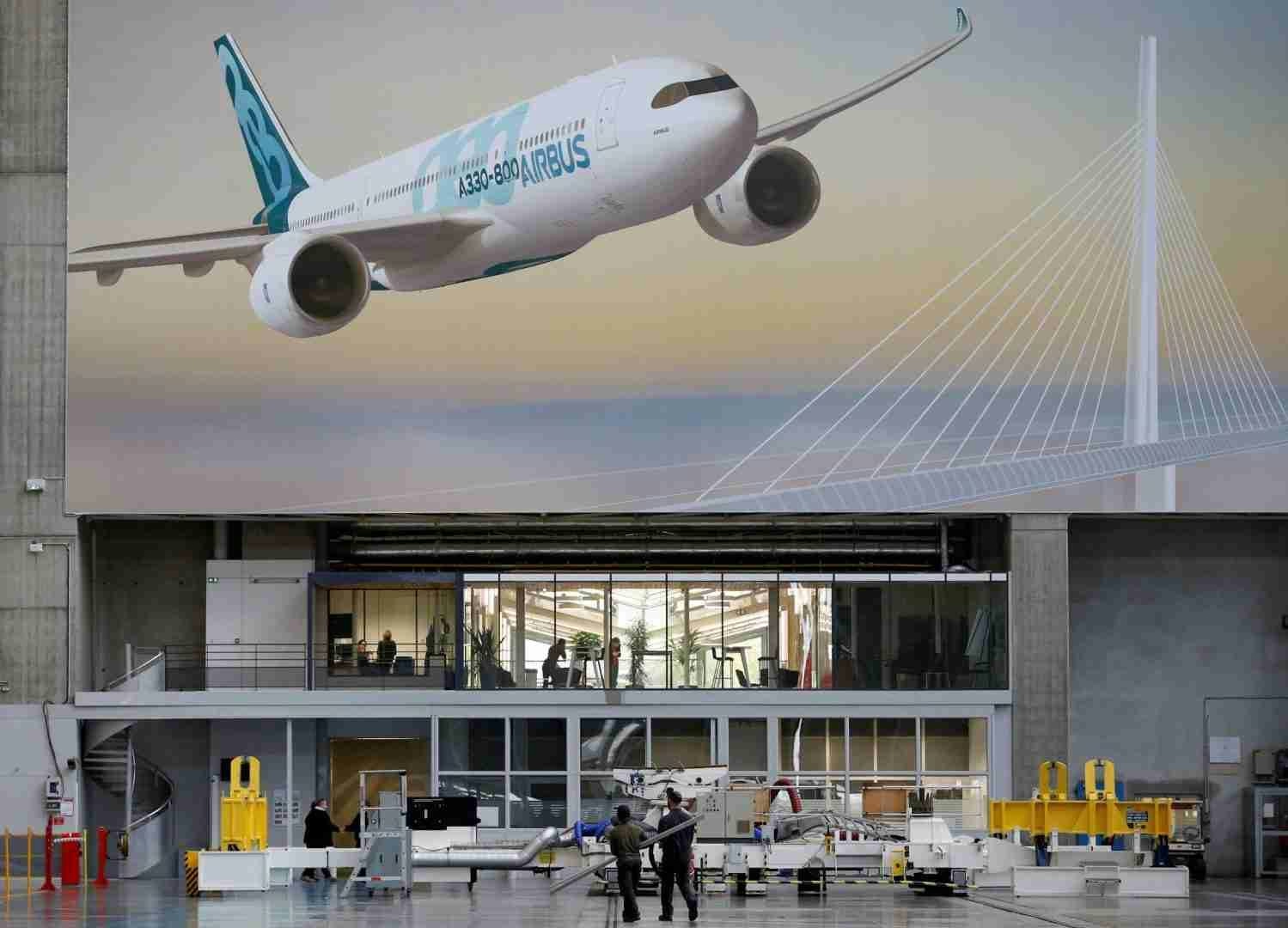
AeroGenie — Votre copilote intelligent.
Tendances
Categories
Aviation Smart Maintenance Market Projected to Reach $12 Billion by 2034

Aviation Smart Maintenance Market Projected to Reach $12 Billion by 2034
The aviation industry is experiencing a profound transformation driven by the increasing adoption of smart maintenance solutions. These advancements, fueled by digitalization and automation, aim to enhance efficiency, reliability, and safety across aircraft operations. Recent market analysis indicates that the global aviation smart maintenance market, valued at approximately $6.5 billion in 2024, is expected to nearly double to $12 billion by 2034, growing at a compound annual growth rate (CAGR) of 6.3%.
Technological Innovations and Market Segmentation
Smart maintenance integrates cutting-edge technologies such as the Internet of Things (IoT), artificial intelligence (AI), big data analytics, and cloud computing. These tools facilitate predictive and condition-based maintenance strategies, enabling airlines to reduce unscheduled downtime, improve operational readiness, and optimize maintenance expenditures.
The market is segmented across various dimensions including solution type, technology, deployment method, end-user, aircraft type, and component category. Predictive maintenance holds a leading position with a 30% market share, valued for its capacity to anticipate failures and minimize unexpected disruptions. Condition-based maintenance follows closely with a 25% share, offering real-time monitoring of component wear and tear. Consulting services, which assist aviation firms in implementing these technologies, represent 20% of the market.
In terms of technology, IoT and sensor technologies dominate with a 35% share, reflecting the growing demand for connected, real-time monitoring systems. AI and big data analytics are increasingly employed to support data-driven maintenance decisions. Cloud-based deployment solutions account for approximately 40% of the market, favored for their scalability, reduced infrastructure costs, and enhanced collaborative capabilities.
Commercial aviation constitutes the largest end-user segment, capturing 55% of the market as airlines strive to improve fleet-wide efficiency and reduce downtime amid rising global air travel demand. Narrow-body aircraft represent 45% of the market share, particularly among low-cost carriers that require cost-effective and rapid maintenance solutions. Hardware components, including sensors and embedded systems, make up 30% of the market, underscoring their essential role in smart maintenance frameworks.
Regional Dynamics and Industry Challenges
North America leads the global aviation smart maintenance market with a 40% share in 2024, supported by its advanced aerospace infrastructure and early adoption of innovative maintenance technologies.
Despite the promising growth trajectory, the sector faces several challenges. Integrating advanced smart maintenance technologies with existing legacy systems remains a complex undertaking. Data security concerns are intensifying as maintenance processes become increasingly digitized. Furthermore, the substantial upfront investment required to implement smart maintenance solutions poses a significant barrier, particularly for smaller operators.
In response to these challenges, airlines are increasing investments in smart maintenance to bolster operational efficiency and safety. Industry players are accelerating innovation efforts, forming strategic partnerships, and pursuing acquisitions to enhance their technological capabilities and strengthen market positions.
As the aviation sector continues to evolve, the adoption of smart maintenance solutions is poised to play a critical role in shaping the future of aircraft operations, balancing the benefits of enhanced efficiency with the imperative to address integration and security challenges.
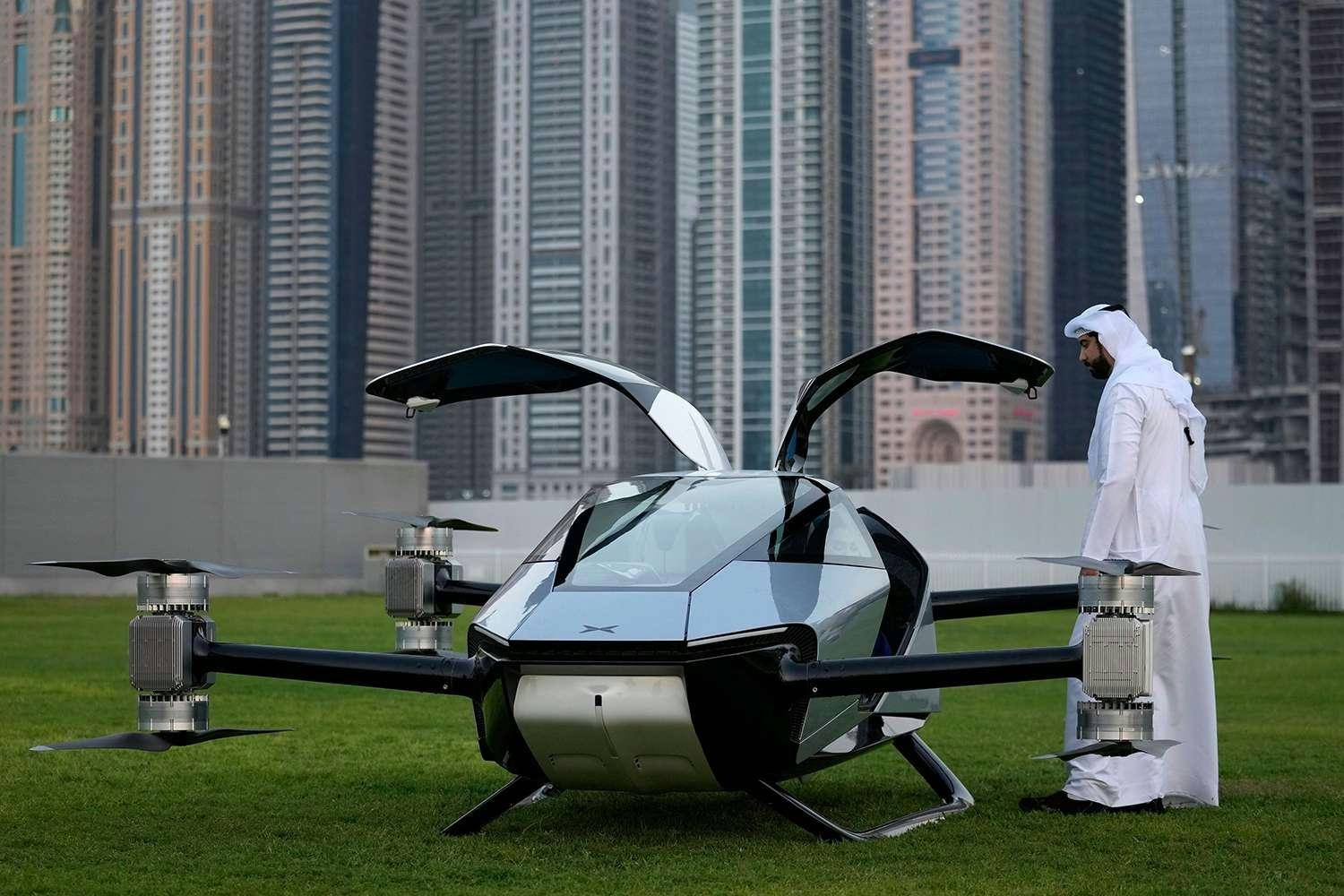
Dubai’s 2026 Plans: Key Developments from Flying Taxis to the Year of the Family
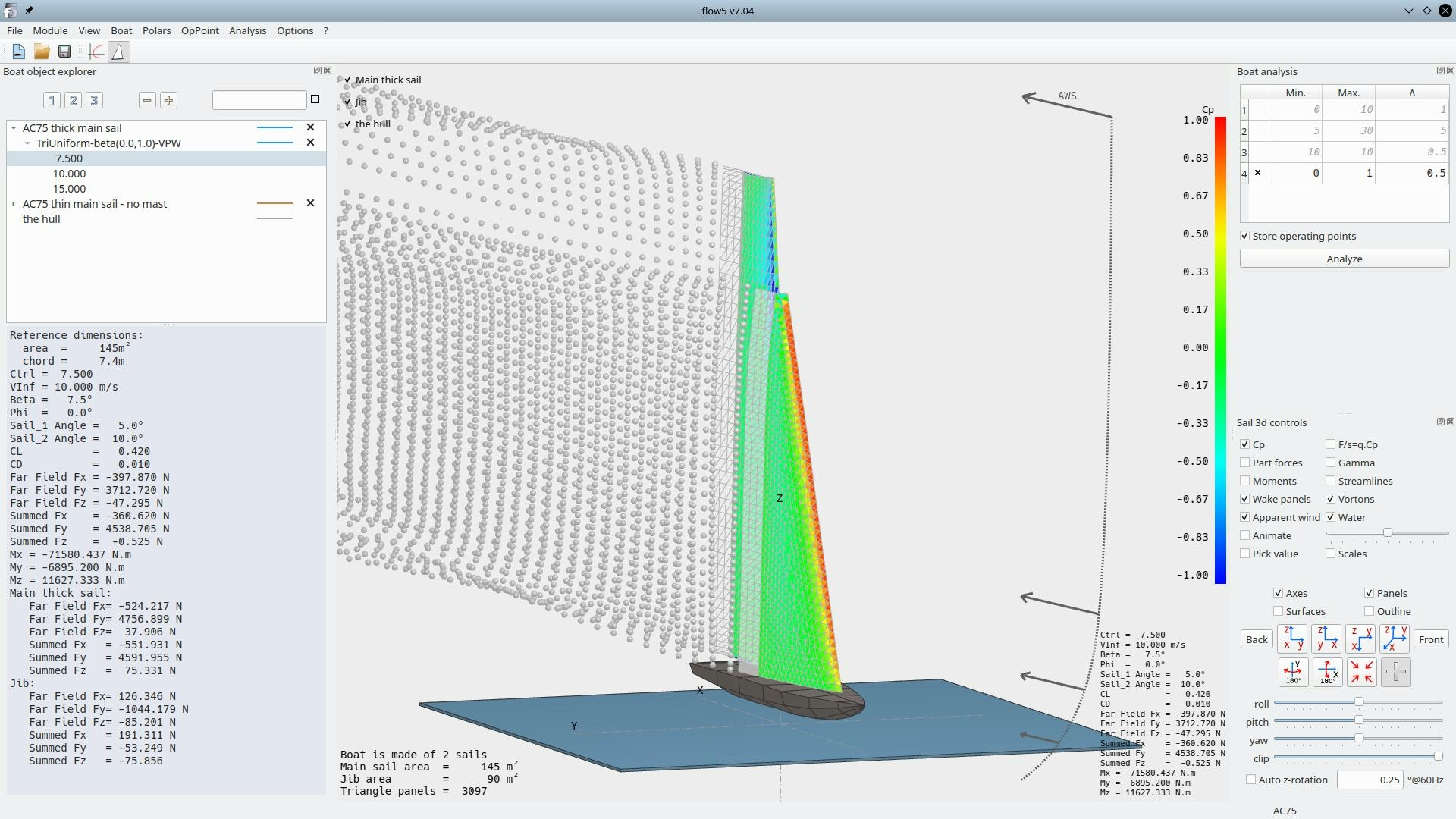
Flow5 Enhances Aerodynamic Simulations for Aviation and Marine Design

CALC Orders 30 Airbus A320neo Jets to Expand Fleet by 2026

John Travolta Discusses Business Aviation and Cabin Spending

AI in Travel Planning: Benefits, Risks, and Future Prospects
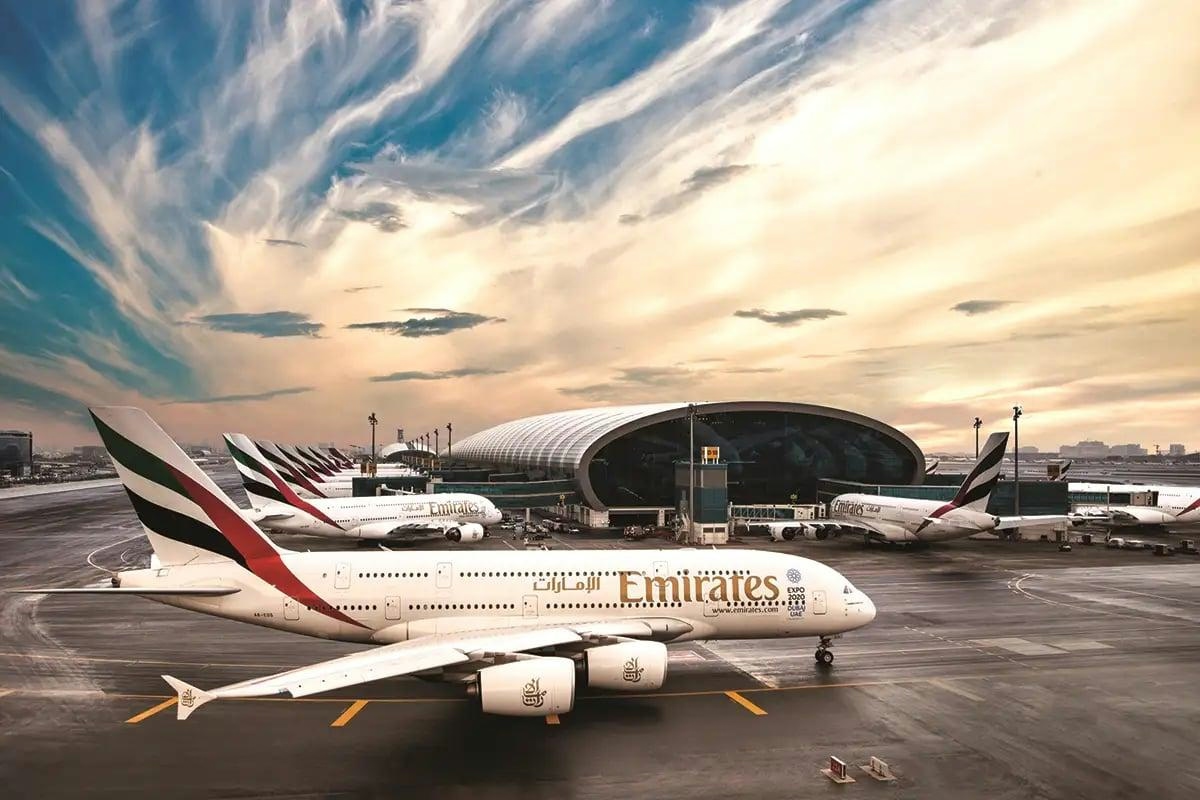
Airline Operated Largest Widebody Fleet in 2025
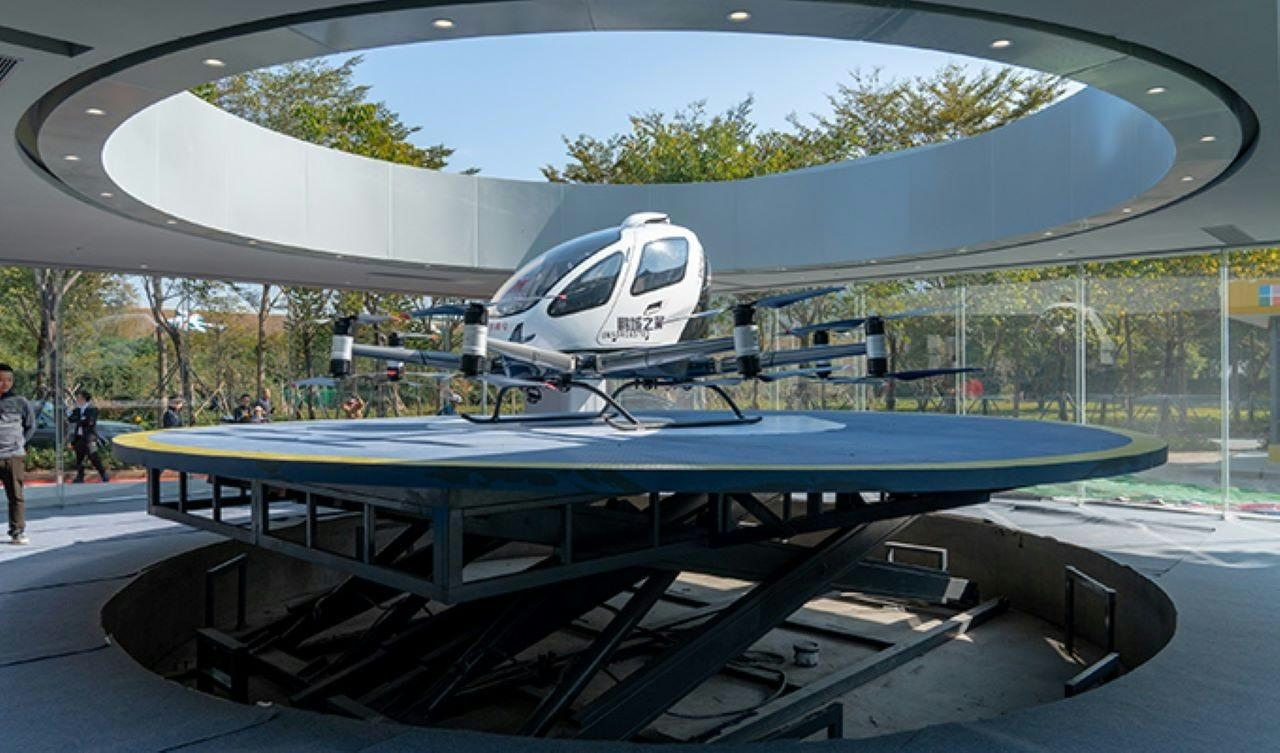
Tel Aviv Plans First Vertiport to Support Air Taxi Services

Pilot’s Distress Call Captures Near-Engine Failure Incident
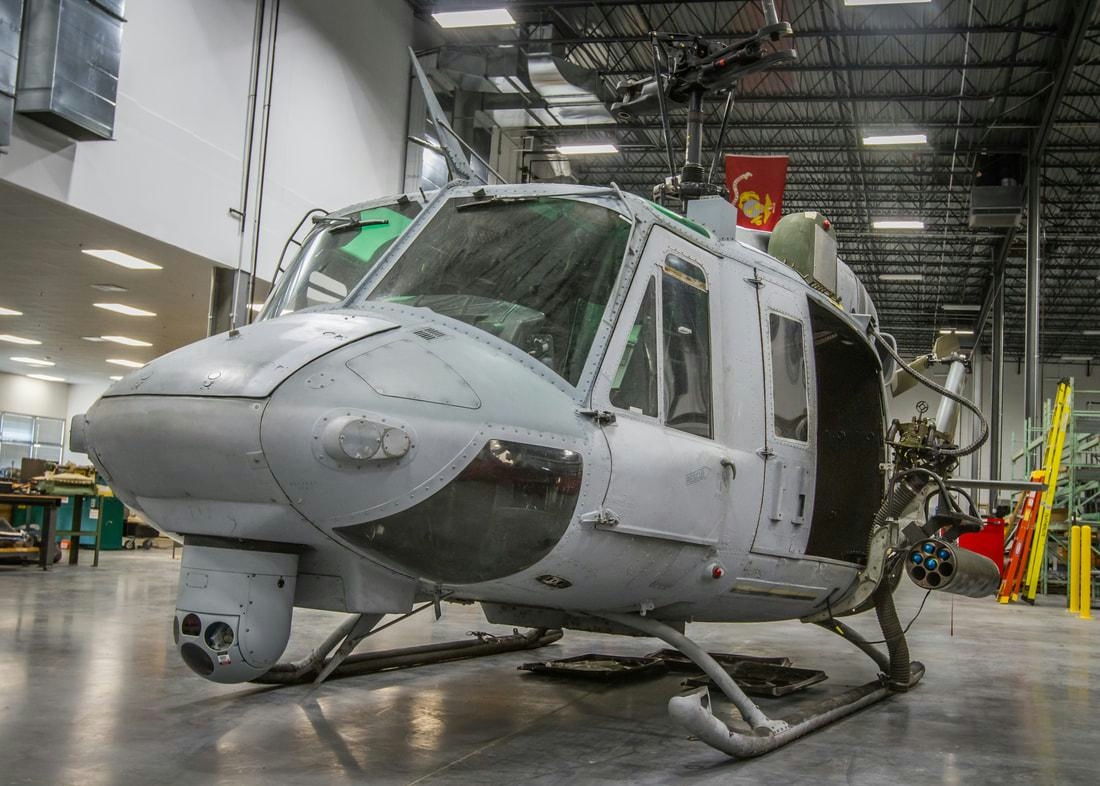
The Small Cold War Helicopter Considered by the Marines for Combat
